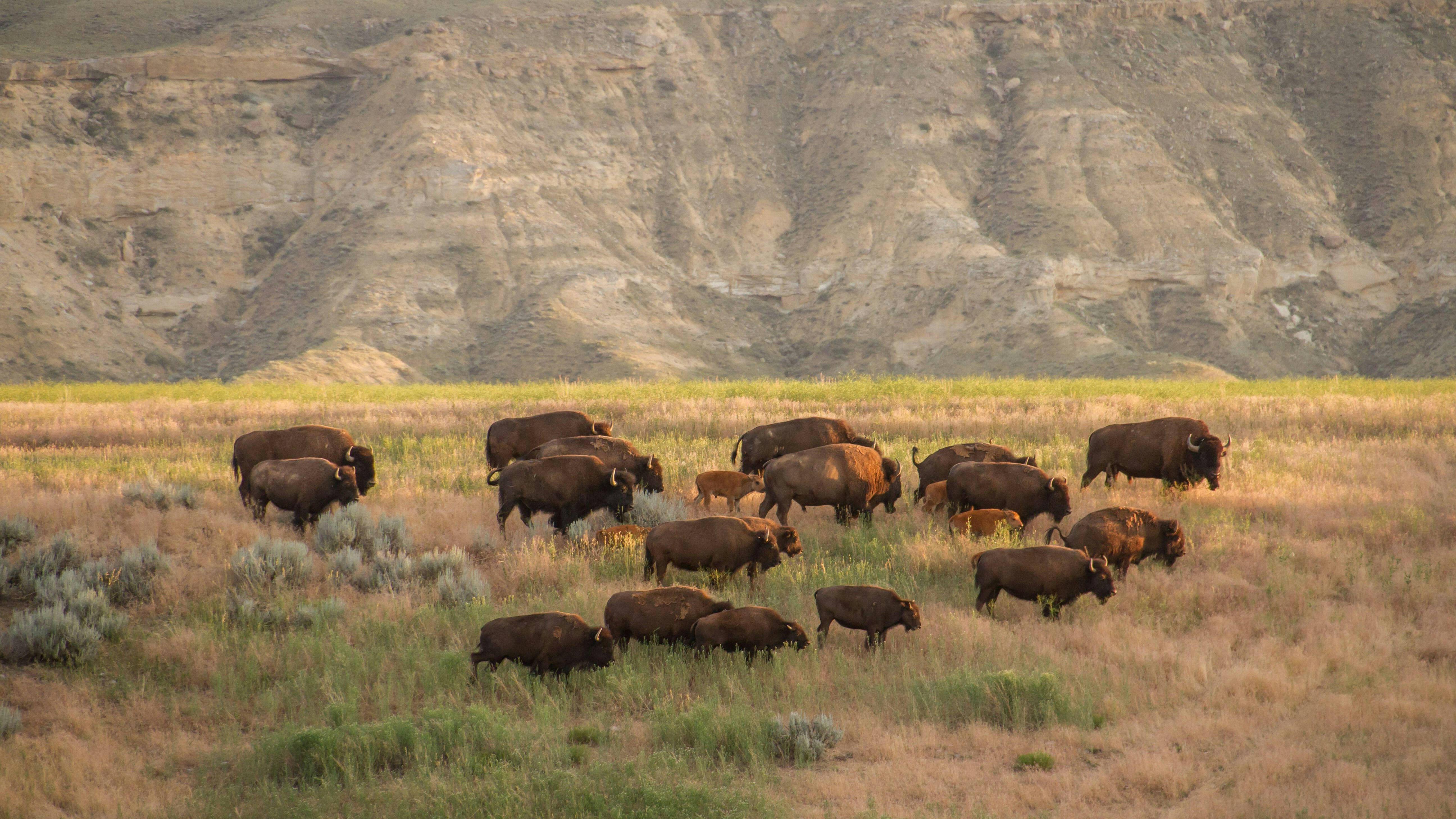By Clair McFarland, Cowboy State Daily
The champion of a national Indian hunting rights case is scheduled to face a jury May 2 on charges of methamphetamine and child pornography possession.
Montana resident Clayvin Bryant Herrera, who won a U.S. Supreme Court victory in 2019 on whether he could hunt on federal land outside of a reservation, is to appear before a jury on May 2 to face the charges, which stem from a May 2020 traffic stop.
Hunting Case Still Argued
Herrera is scheduled this summer to argue for a circuit court in Sheridan County to overturn the poaching conviction that sparked his national case. Herrera was convicted in 2014 for poaching multiple elk in the Big Horn National Forest, out of season and without a license.
While Herrera admitted to the crime, the U.S. Supreme Court ruled in 2019 that because of wording in the U.S. treaty with the Crow Indians, tribal members have a right to hunt on “unoccupied” federal lands outside the reservation.
The court’s ruling could have an impact on Eastern Shoshone Tribe hunting rights because the tribe’s 1868 Fort Bridger Treaty contains similar language to the Crow treaty.
Although the Supreme Court upheld the Crow right to hunt unoccupied federal lands, the Supreme Court in 2019 sent Herrera’s case back to Sheridan County for disposition of several undecided factors.
An evidentiary hearing into the circumstances surrounding the case is to be held in the circuit court, where staff members from the attorney general’s office will lead the state’s case.
The main argument still remaining is whether the closed-season regulation Herrera violated was necessary for conservation purposes. The AG’s office opted not to continue arguing about whether the site where the elk were slain could be considered “occupied.”
If Herrera wins the conservation issue, it could mean “enrolled members of the Crow Tribe do not have to obey any of Wyoming’s (game) laws when they hunt within the Big Horn National Forest,” said Christopher LaRosa, Sheridan County deputy attorney.
LaRosa was assigned to the Herrera case before the AG’s office adopted it.
“The remaining and more important question is, how much can the state regulate if the Crow have a treaty right to hunt in the Big Horn National Forest? How much can the state enforce on them?” asked LaRosa, rhetorically. “Then the question is, what the state government intends to do about that issue.”
In its recent budget session the Wyoming Legislature appropriated a portion of the governor’s $3.5 million natural resource policy funding to litigate disputes over Indian treaties.
Traffic Stop
About one year after his landmark Supreme Court victory, Herrera’s home was flagged in March 2020 for dangerous drugs distribution, according to charging documents filed in Yellowstone County District Court, in Billings.
A Drug Enforcement Agency special agent monitored activity at the home, eventually watching Herrera and three passengers leave the house in a white Ford Fusion.
A Billings Police Department officer followed the vehicle and when Herrera cut off another car at an intersection, the officer performed a traffic stop.
The officer saw a syringe cap on the car’s center console and a torch lighter on the driver’s side floorboard, court documents state. A drug-detecting dog alerted officers of a narcotics scent in the car as well.
Authorities seized the vehicle and arrested Herrera, who was found to be carrying two syringes when he was booked into the Yellowstone County Detention Facility.
A search of the vehicle revealed a disassembled rifle, three small baggies containing residue or drugs and two cell phones.
Porn Phone
A search of Herrera’s phone in May 2020 revealed 850 images of what court documents called “child explicit material,” especially pre-pubescent girls performing sex acts for adult males.
In Montana, child pornography possession is charged as sexual abuse of children, a felony punishable by up to 100 years in prison and a fine of $10,000.
Herrera’s meth possession charge is also a felony, punishable by up to five years in prison and $5,000 in fines.
Having pleaded “not guilty” on Jan. 15, Herrera’s jury trial is scheduled tentatively for May 2.
He attended a preparatory trial status hearing on Wednesday.





